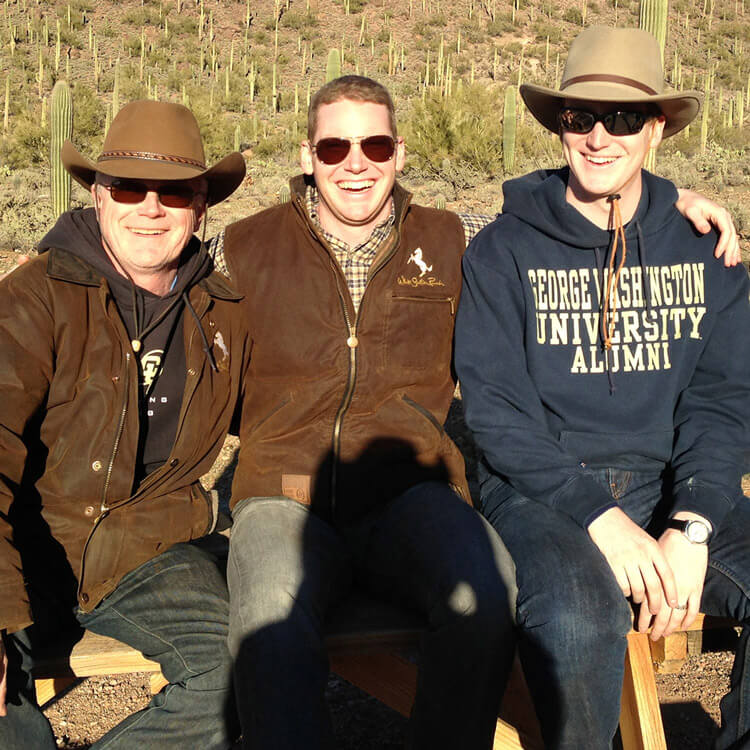How to Create Successful Speaking Experiences
Share this post:
Recently I spoke with Kevin O’Connor, past President of NSA-IL, an author and almost 40-year veteran in the speaking industry. He shared some genius speaking strategies about how to create successful speaking experiences, not just successful presentations.
Focus On Your Audience, Not Yourself, to Create Successful Speaking Experiences
As a speaker, it’s very easy to become SELF interested instead of OTHER interested. When you do that, you lose the connection with the audience. The first strategy for creating successful speaking experiences is to get into the mindset of your audience. You can tell when you’re in the self-mindset when… You’re talking mostly about yourself, not the topic at hand. It’s not about you, it’s about what you can teach your audiences.
Keep in mind that your audiences don’t come to see a PowerPoint presentation; they come to hear from your “inner expert” – that’s the thing inside of you that you know really, really well and that can’t be shared on a PowerPoint slide. That “special thing” can only be shared in story and through interaction with the audience. First, to have a successful speaking experience, you must get into the mindset of your audience. One way to get into the mindset of your audience is to do a proper amount of research about your audience instead of just showing up and giving a speech. Proper research goes beyond just looking at their website. Have you sent an email out to the group before arriving and asked them specific questions about what they want to learn? Have you spent time talking with them on site before your talk? Have you gone around and tried to shake everybody’s hand and say hello?
Another mistake that happens is that we, as speakers, start believing our own advertising and believing our own marketing. Another speaking strategy is to figure out what says more about them than us. Too many speakers’ websites are all about the speaker and less about what the speaker can DO FOR an audience. When people look at your website they should say “That is something that’s important to me AND that can help me solve a problem that I have”.
Preparing Your Presentation to Deliver Successful Speaking Experiences
When you’re interacting with your audiences, you’re not so much presenting to them all of the time as you’re teaching them about your area of expertise and facilitating discussions within the audience. You want content that’s targeting your audience by customizing it to them and not just giving the exact same presentation every time.
Another speaking strategy for creating a successful speaking experience is to think about your speeches as being a bunch of PowerPoint slides that you can move around, not one format set in stone that you deliver the same way every time. You might have 16 or 20 PowerPoint slides that can be rearranged for each audience. At least one or two of those slides should be something new.
If you use PowerPoint, make your first slide something interesting that immediately grabs your audience’s attention. Make your second slide the title slide. That’s an important differentiator than what most professional speakers do. Kevin shared an example of a doctor that was going to discuss a drug to treat prostate cancer. His first slide was a picture of a cancerous tumor. Then he said “Today we’re going to talk about a drug that could change the lives of tens of thousands of men with prostate cancer – and this (picture) is the enemy…”
"Make your first slide something interesting that immediately grabs your audience’s attention. Make your second slide the title slide. That’s an important differentiator than what most professional speakers do."
— Kevin O’Connor
Another speaker that Kevin mentioned was speaking about preventing suicide. Her first slide was just a black screen when it appeared. She walked into the audience and said, “This slide has been up there for 41 seconds, during that time someone committed suicide.” They were coming back from break and the next thing she said was “During the break 26 people killed themselves.” That was MUCH more impactful than just putting up a slide with a bunch of statistics on it. She shared a brief story backed up by facts that was much more meaningful when shared as a relevant story with numbers that grabbed the audience’s attention because it was a brief story.
How To Create Successful Speaking Experiences
As a presenter ask, “How do I create a great experience?” not just “How do I give a perfect presentation?”. Creating a community of learners is important for a successful speaking experience. Be the person who’s creating the opportunity for people to come together and share ideas. People’s attention span can’t stay focused for 50 minutes at a time and many people come to events for the networking as much as if not more than to hear a presentation. You need to get them talking to each other about the topic at hand in addition to listening to your presentation.
What can you do to create that interaction? Have three things that you want your audience to retain. Think about it this way: If an interviewer asked each audience member as they left your presentation “What are the three things that the speaker talked about?” would they be able to answer the question? If they can’t articulate those three things with some accuracy, then you didn’t do your job well enough.
You can help the process along by opening your talk with “The three things I want you to walk away with today are….”. Tell them what you’re going to tell them, tell them, tell them what you told them.
Then create audience interaction. It’s an old-fashioned thought that the audience only came to see the speaker. What they’re coming for is the EXPERIENCE of the speaker and interaction with their fellow audience members. What advice does Kevin have to create audience interaction? Three times in an hour have your audience get into groups of three or four people and discuss a topic for three to five minutes. Build those topics based on the three things that you want them to take away from your presentation. When they talk about key ideas in groups, they’re much more likely to remember the three things that you want them to take away.
Two Additional Developmental Tips
Have your colleagues sit in the back of the room and evaluate your speech. Have them share with you what you did well and what you could have done better. This gives you the opportunity to learn from professionals in your industry which adds value that you can’t get from the audience members that aren’t professional speakers.
The final speaking strategy is record yourself. Even if you don’t use it for professional videos to share online or in sizzle reels, recordings offer invaluable insights into your presentation. You might think you came off a certain way when driving points home but, instead, you realize that you presented yourself in a different way to your audiences once you watch the video.
With Kevin’s advice in those four arenas you have a set of tools that you can use to set yourself up for success!
Read Professional Speaking Content To Build Business for more speaking development tips!

Guest Writer
Kevin E. O’Connor, CSP, LCPC, LMFT, NCC is a past president of NSA-IL and teaches physician leaders, healthcare, and pharmaceutical executives 90 times a year around the United States and in Europe. He also teaches 6 classes per year of graduate students at Loyola University of Chicago. He is a CSP, fewer than 600 people in the world hold this honor for speaking and teaching excellence. He has authored or co-authored eight books. He is happiest twice a year on the back of a horse playing cowboy with his two adult sons.






